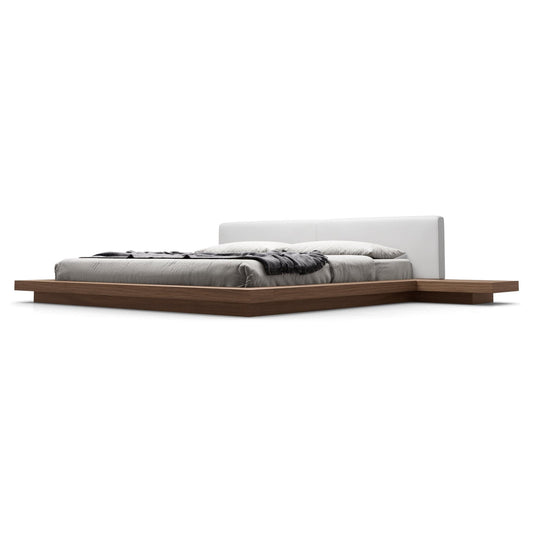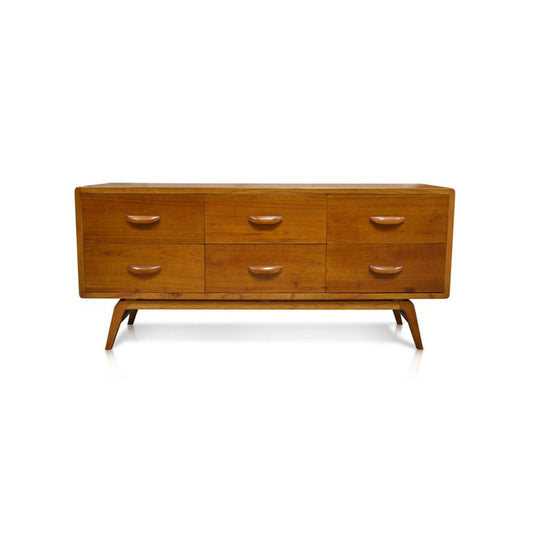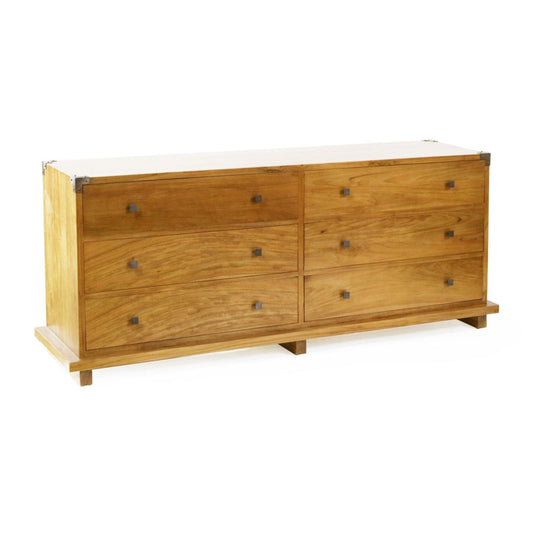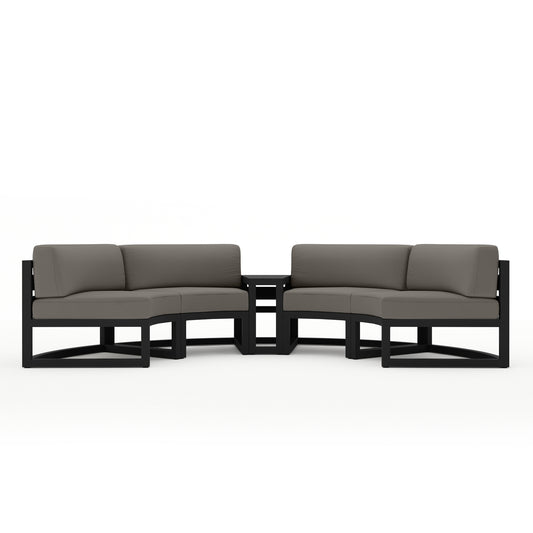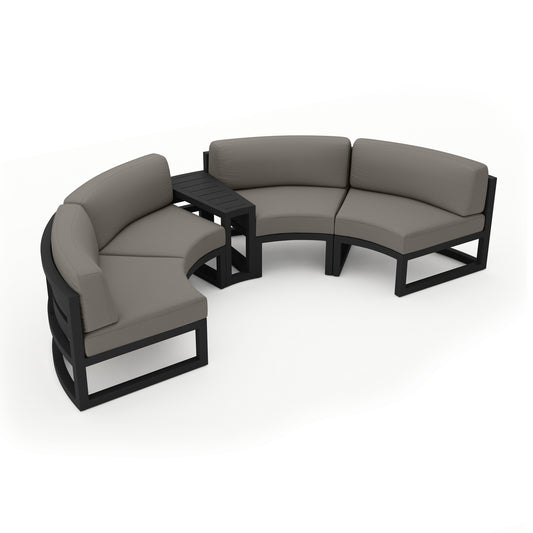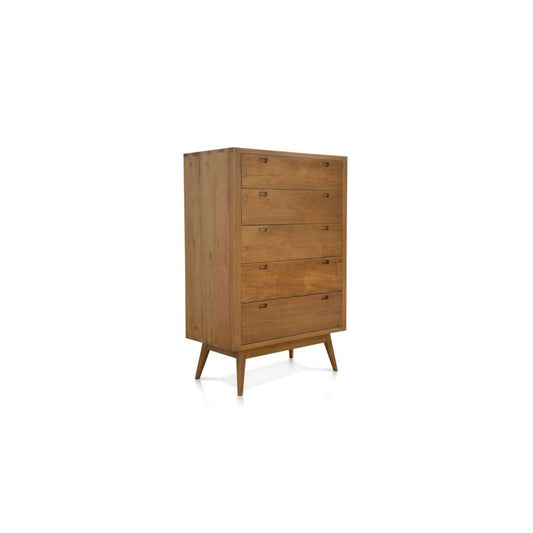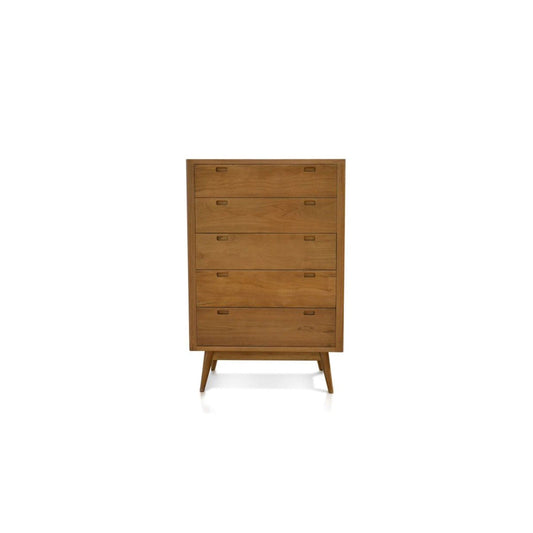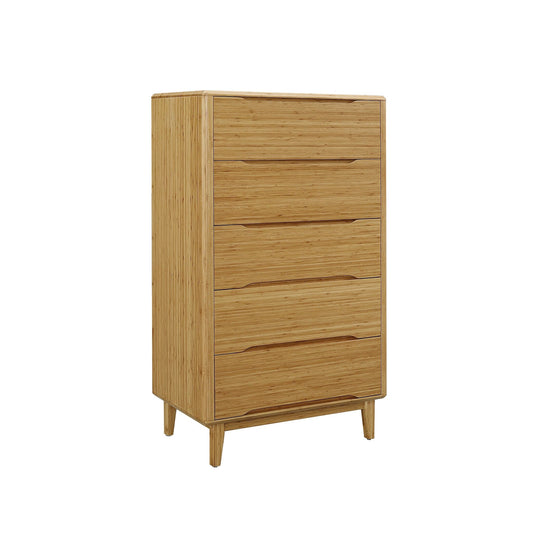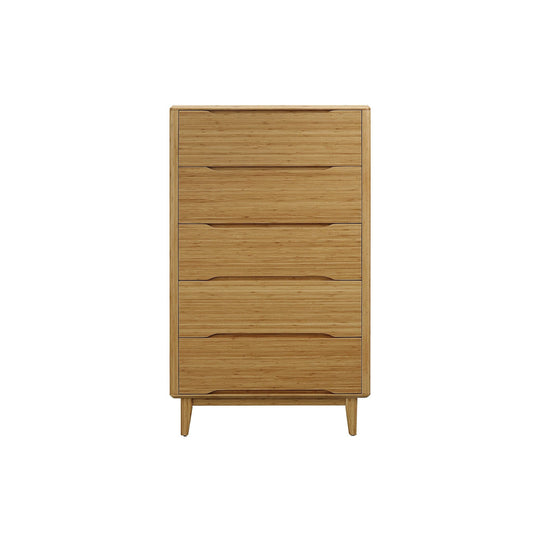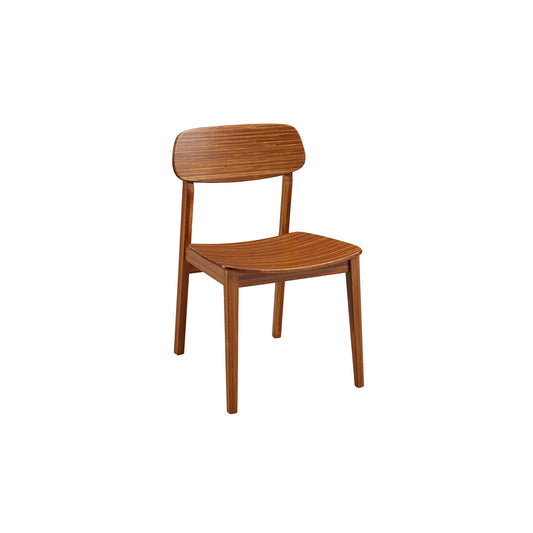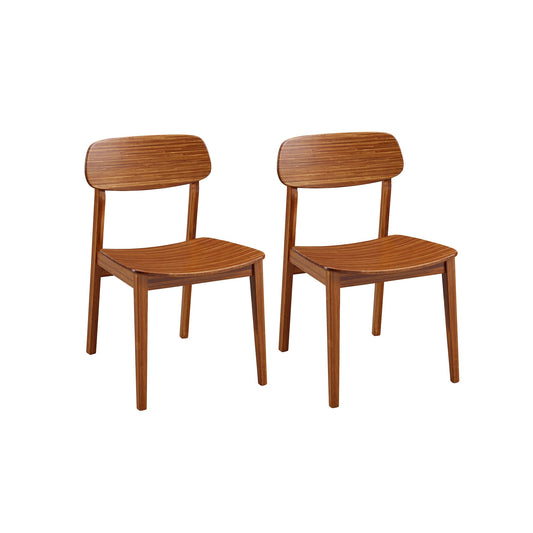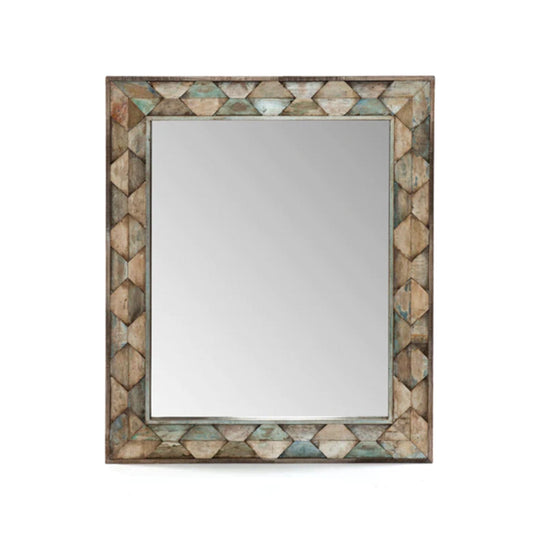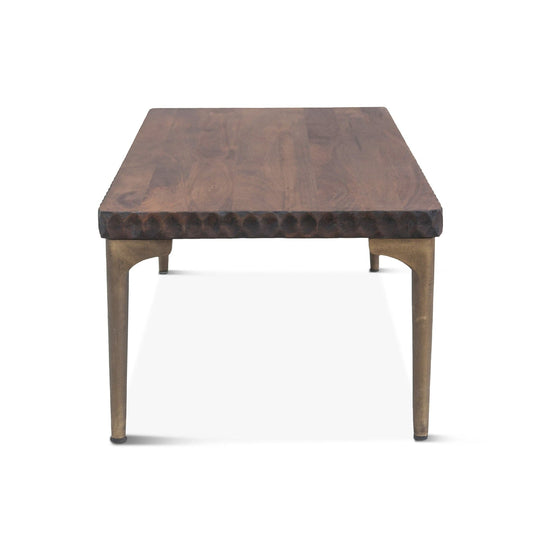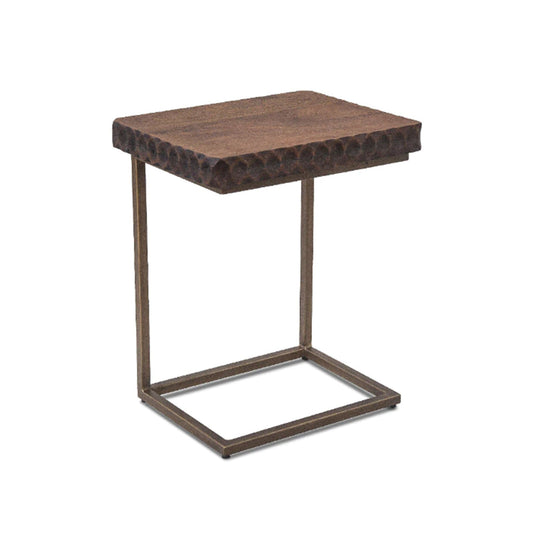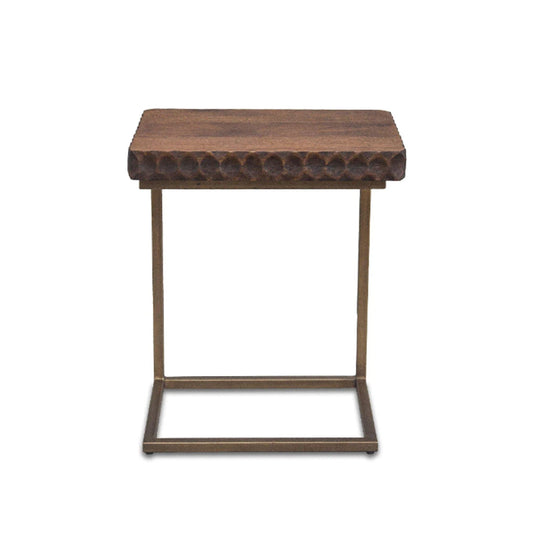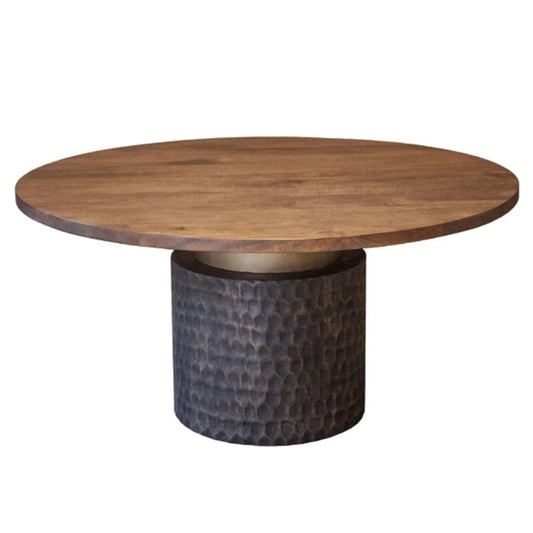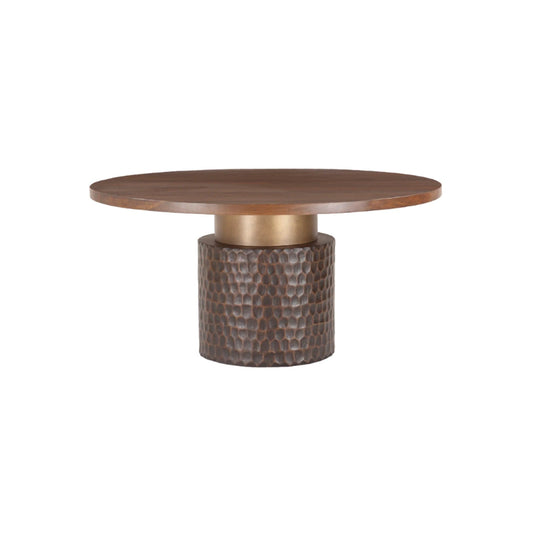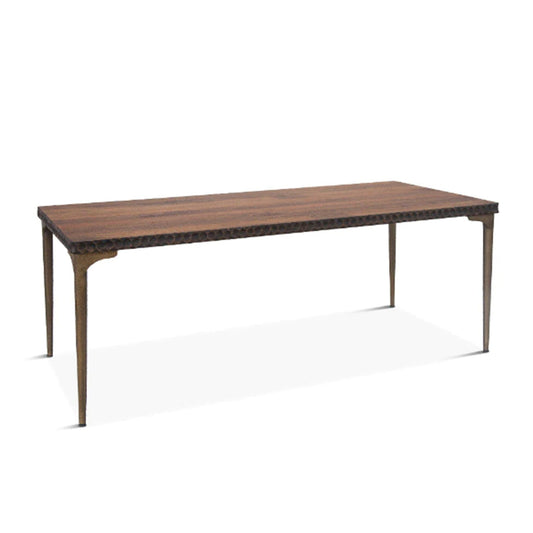Contemporary Design
-
Arata Japanese Platform Bed
Regular price From $2,499.00Regular priceUnit price per$2,399.00Sale price From $2,499.00 -
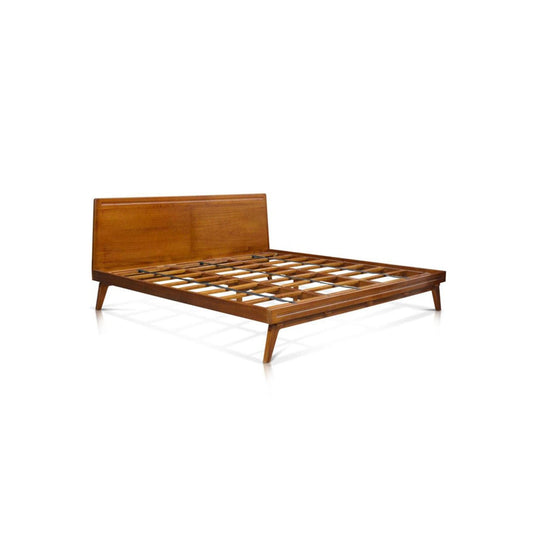
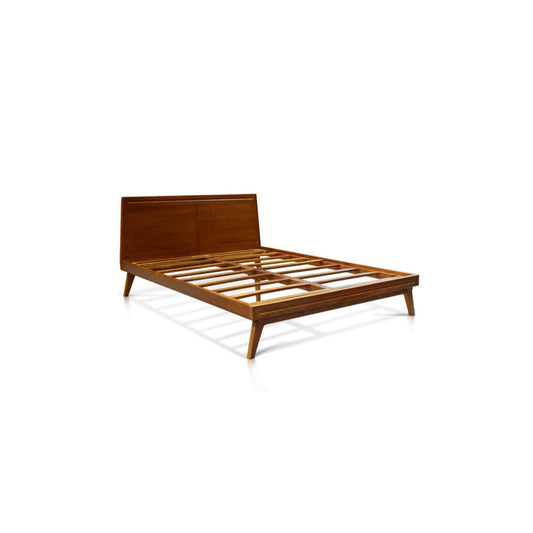 Sale
SaleTango Platform Bed
Regular price From $1,219.00Regular priceUnit price per$1,720.00Sale price From $1,219.00Sale -
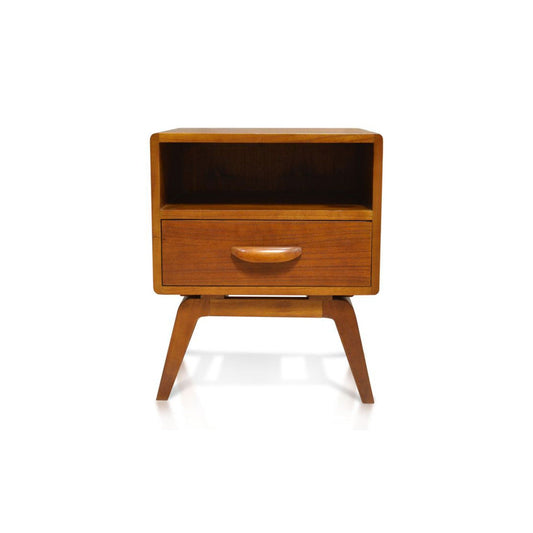
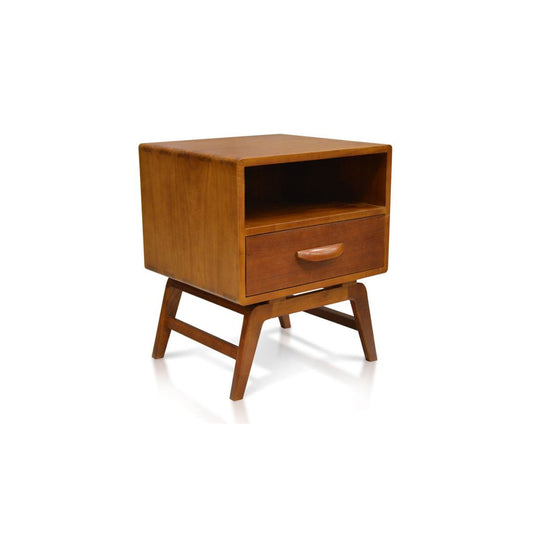 Sale
SaleTango Nightstand
Regular price $379.00Regular priceUnit price per$530.00Sale price $379.00Sale -
Tango 6-Drawer Dresser
Regular price $1,719.00Regular priceUnit price per$2,415.00Sale price $1,719.00Sale -
Kobe 7-Drawer Tall Dresser
Regular price $1,649.00Regular priceUnit price per$2,320.00Sale price $1,649.00Sale -
Kobe 6-Drawer Dresser
Regular price $1,929.00Regular priceUnit price per$2,710.00Sale price $1,929.00Sale -
Avion 3 Piece Curve Sectional Set
Regular price $3,809.00Regular priceUnit price per$5,610.00Sale price $3,809.00Sale -
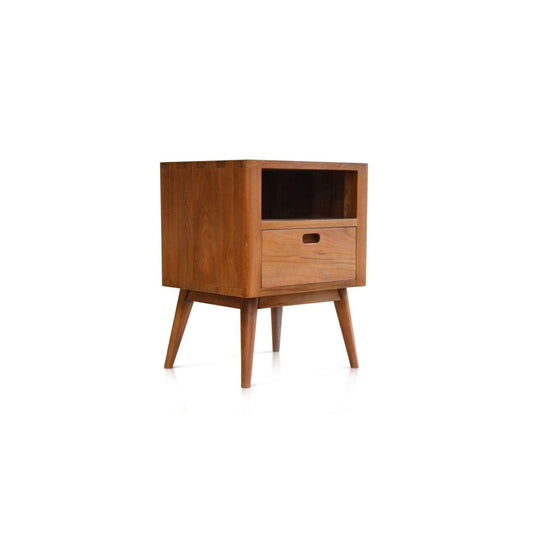
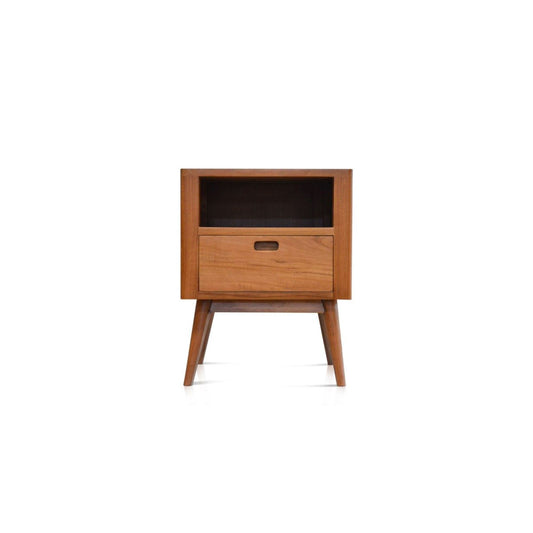 Sale
SaleFifties Nightstand
Regular price $419.00Regular priceUnit price per$590.00Sale price $419.00Sale -
Fifties 5-Drawer Tower Dresser
Regular price $1,709.00Regular priceUnit price per$2,400.00Sale price $1,709.00Sale -
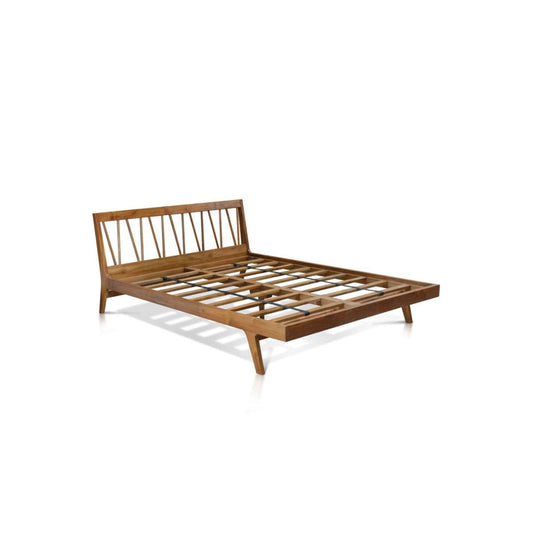
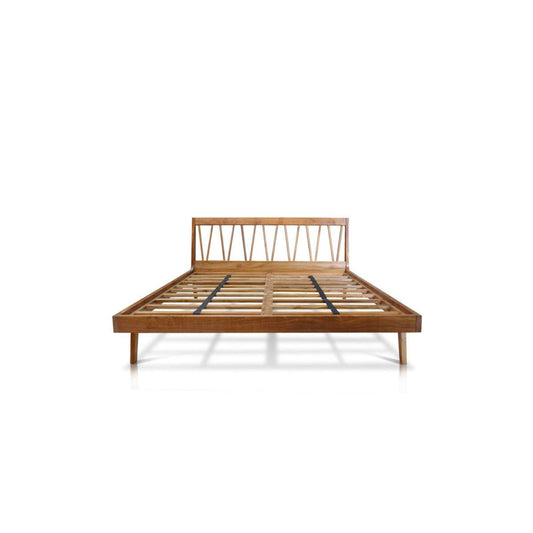 Sale
SaleFifties Platform Bed
Regular price From $1,479.00Regular priceUnit price per$2,075.00Sale price From $1,479.00Sale -
Mercury Upholstered Platform Bed
Regular price From $1,170.00Regular priceUnit price per$2,725.00Sale price From $1,170.00Sale -
Currant Five Drawer High Chest
Regular price $2,176.00Regular priceUnit price per$2,900.00Sale price $2,176.00Sale -
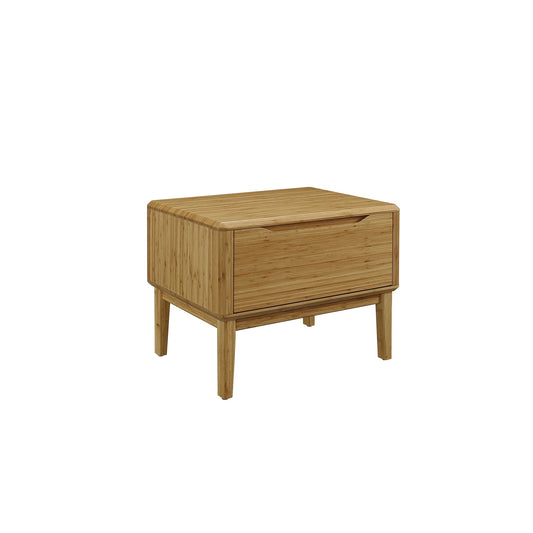
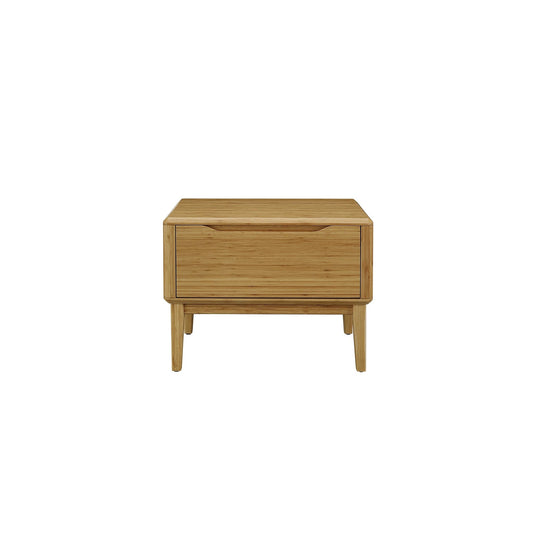 Sale
SaleCurrant Nightstand
Regular price $575.00Regular priceUnit price per$766.00Sale price $575.00Sale -
Currant Chair (set of 2)
Regular price From $762.00Regular priceUnit price per$1,014.00Sale price From $762.00Sale -
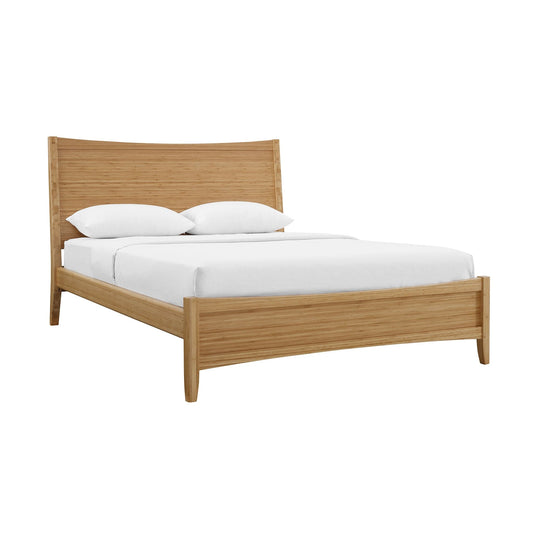
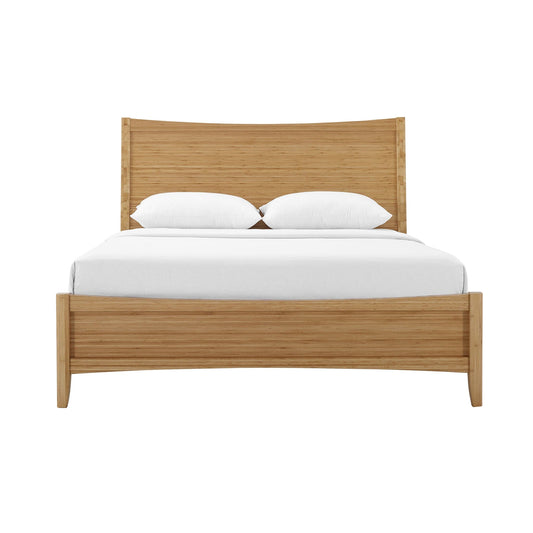 Sale
SaleWillow Platform Bed
Regular price From $1,585.00Regular priceUnit price per$2,348.00Sale price From $1,585.00Sale -
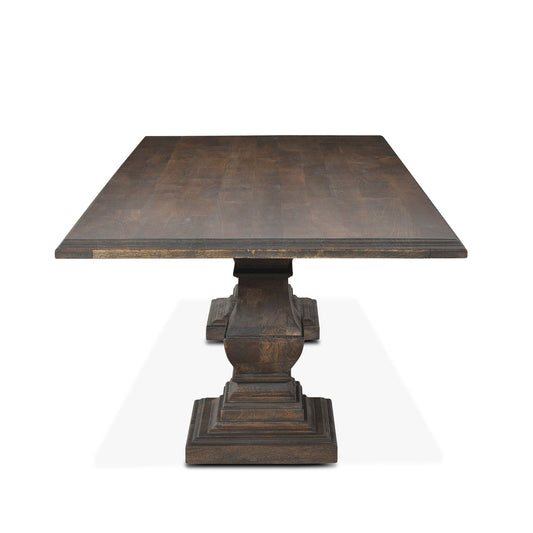
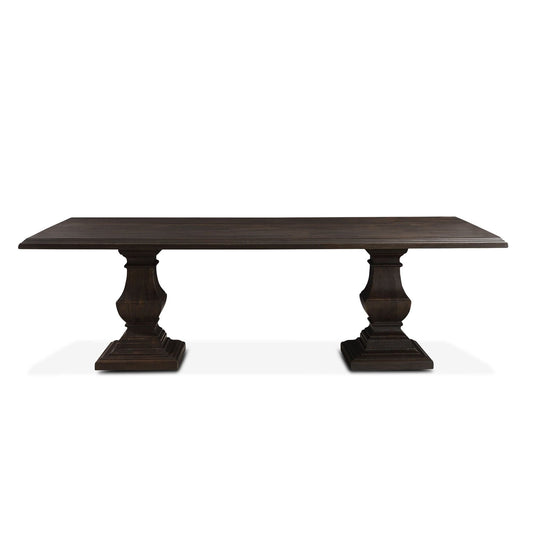 Sale
SaleToulon Dining Table
Regular price From $2,313.00Regular priceUnit price per$3,154.00Sale price From $2,313.00Sale -
Cordoba Carved Mirror
Regular price $421.00Regular priceUnit price per$574.00Sale price $421.00Sale -
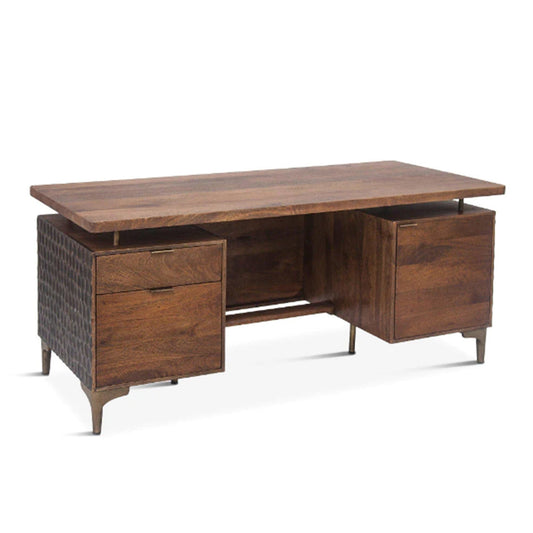
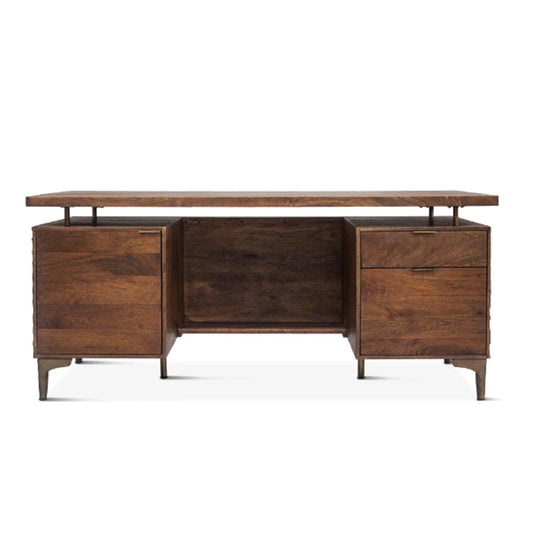 Sale
SaleVallarta Desk
Regular price $2,673.00Regular priceUnit price per$3,645.00Sale price $2,673.00Sale -
Vallarta Modern Carved Coffee Table
Regular price $1,007.00Regular priceUnit price per$1,373.00Sale price $1,007.00Sale -
Vallarta Modern Side Table
Regular price $842.00Regular priceUnit price per$1,148.00Sale price $842.00Sale -
Vallarta Round Dining Table
Regular price $1,980.00Regular priceUnit price per$2,700.00Sale price $1,980.00Sale -
Vallarta Dining Table
Regular price $1,515.00Regular priceUnit price per$2,066.00Sale price $1,515.00Sale -
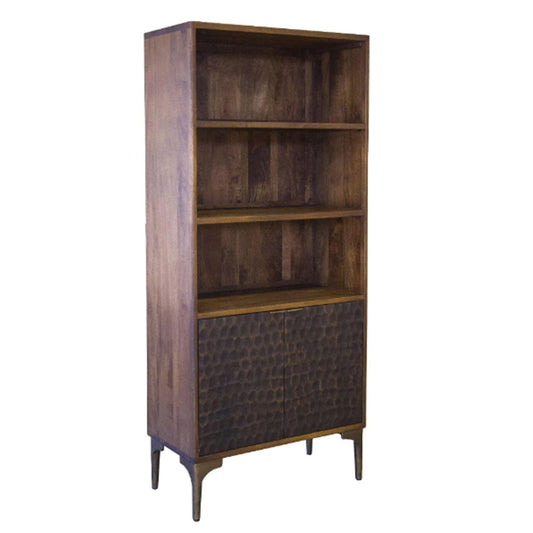
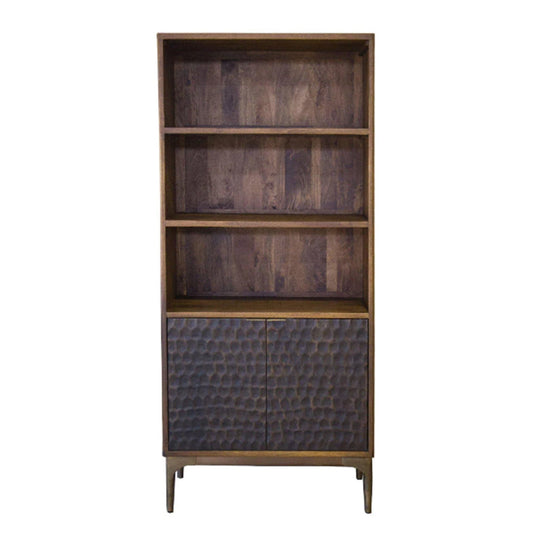 Sale
SaleVallarta Bookshelf
Regular price $2,032.00Regular priceUnit price per$2,771.00Sale price $2,032.00Sale -

 Sale
SaleVallarta Sideboard
Regular price $2,021.00Regular priceUnit price per$2,756.00Sale price $2,021.00Sale
Contemporary Design
Contemporary Design: A Definition
Contemporary Design is a dynamic and ever-evolving interior style that reflects the present design trends and sensibilities. Rooted in the now, this design approach embraces innovation, diversity, and a departure from strict adherence to traditional rules. Contemporary Design creates spaces that are sleek, functional, and adaptable, capturing the spirit of the current moment while celebrating individuality and experimentation.
Key Characteristics of Contemporary Design
- Clean Lines and Minimalism: Contemporary design is characterized by clean, crisp lines and a minimalist approach. Spaces are uncluttered, with a focus on essential elements that contribute to a sense of openness.
- Neutral Color Palette: A neutral color palette serves as the foundation of contemporary design, often featuring whites, grays, blacks, and subdued tones. Pops of bold color or vibrant accents can be used to add interest.
- Mix of Materials: Contemporary spaces incorporate a variety of materials, from glass and metal to polished wood and textured fabrics. The juxtaposition of different textures adds depth and visual intrigue.
- Sleek Furniture: Furniture in contemporary design often features streamlined and geometric shapes. Functionality and comfort are key, with a preference for pieces that are both aesthetically pleasing and practical.
- Open Layouts: Contemporary spaces favor open floor plans that encourage a seamless flow between rooms. This layout creates a sense of spaciousness and connectivity.
- Innovative Lighting: Contemporary design embraces innovative lighting solutions, from pendant lights to recessed fixtures. Lighting serves as both a functional necessity and a design statement.
- Minimalistic Decor: Decorative elements are intentionally sparse in contemporary design. Artful restraint is practiced to ensure that each piece of decor contributes to the overall aesthetic.
- Eclectic Influences: Contemporary design draws inspiration from a variety of sources, often blending elements from different styles and eras to create a unique and eclectic look.
- Technology Integration: Technology is seamlessly integrated into contemporary spaces, with an emphasis on smart home features, audiovisual systems, and functional tech-driven designs.
- Focus on Individuality: While contemporary design follows current trends, it also celebrates individuality and self-expression. Spaces are customized to reflect the personality and preferences of the occupants.
- Fluidity of Design: Contemporary design is adaptable and responsive to changes in lifestyle and preferences. It accommodates evolving needs and design directions.
- Environmental Consciousness: Many contemporary designs incorporate eco-friendly and sustainable materials and practices, reflecting a growing awareness of environmental responsibility.
Contemporary Design captures the essence of the present moment by embracing innovation, minimalism, and individuality. With its emphasis on clean lines, neutral palettes, and a fusion of materials, this style creates spaces that are versatile, aesthetically pleasing, and reflective of the diversity and dynamism of contemporary living.

